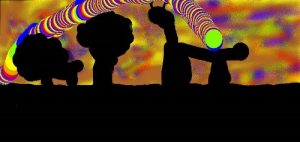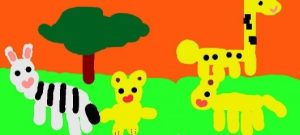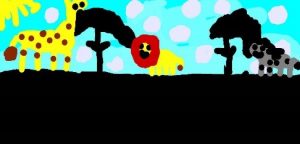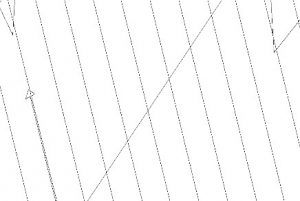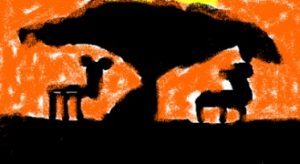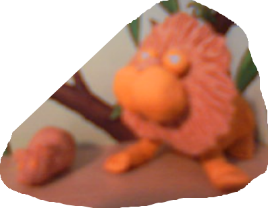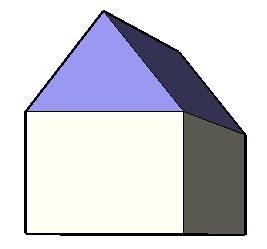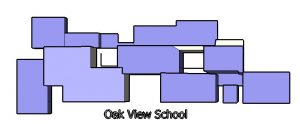The Computing Curriculum provides essential skills which our children require to actively participate in the digital world both now and in the future. We recognise the importance of ensuring that our children are digitally literate and are aware of the risks that working online can bring. National curriculum in England: computing programmes of study – GOV.UK
Our Computing Curriculum is based on Teach Computing Curriculum which provides for the progressive development of computational skills across the school and allows differentiation at all stages to cater for the needs of all our children. Skills are taught in discrete lessons and these are embedded cross curricular. The Teaching Computing Curriculum encourages collaboration dialogue and reasoning which as transferable skills benefit all subject areas. Open Government Licence for public sector information licensed under the Open Government Licence, version 3. For more information on this licence, see ncce.io/ogl
We are fortunate to be well equipped with resources so children do not need to share but can have individual access to Chromebooks or Laptops. To enhance the children’s experiences we have purchased iPads to ensure our children use a wide range of equipment to broaden and enhance their learning experiences and equip them for the future.
Online Safety
We place a strong emphasis on ensuring that the children in school are made aware both of the value of using technology but equally of the dangers it can pose.
Planned e-safety lessons are timetabled and taught in every class. We use Project Evolve which resources all of the statements from UK Council for Internet Safety’s (UKCIS) framework Education for a Connected World. Thinkuknow resources and Internet Legends are used as part of our e-safety provision.
EYFS
Children select and use technology for particular purposes including audio mini recorders, iPads and phones. The early stages of programming commences in EYFS with the use of programmable toys including Beebots.
Key Stage 1
Year 1 explore digital texts before creating images for their own digital texts using a variety of paint programs. Children use different approaches to develop their understanding of algorithms and programming using physical devices and online devices.
They will be introduced to the programme Scratch. The children’s learning will also include grouping data and digital writing.
Year 2 children develop their understanding of the term algorithm.
They explore writing, editing algorithms to program quizzes. The children build on their understanding of Scratch from the previous year. They are expected to use their reasoning skills to debug simple programmes and make predictions about what will happen when the algorithm is run. The children explore collecting, recording and interpreting data. They present data in the block graphs and pictograms. By the end of year 2 children will have explored digital photography and digital music. Laptops and iPads are used cross curricular for publishing and research.
- Logo
- Paint
- Scratch
Google Classroom is used across key stage 2 both in school and for homework.
Lower Key Stage 2
Year 3 children develop their understanding of digital images, they capture and import sounds which they manipulate to create new effects. The children also learn how to use branching databases including using results from data loggers. Stop-frame animation and sequencing sounds will form part of the year 3 learning activities.
Year 4 focuses on computer systems and networks. The programming focus involves repetition in shapes and the creation of games which builds on the children’s understanding of algorithms. This is enriched through the use of Code for Life. The children also create audio productions, explore photo editing and datalogging.
Upper Key Stage 2
Year 5 explores the use of flat-file databases and applies their understanding across the curriculum. They build on their understanding of computer systems including the human role in these systems and effective ways to refine their searches. In programming they investigate selection in physical computing and quizzes. The children create video productions and are introduced to vector graphics.
Year 6 children learn to create and develop webpages. They apply variables in games and use sensing in movement including the use of micro:bits. Through studying computing systems and networks they enhance their understanding of communication and collaboration. They explore 3D modelling and are introduced to spreadsheets.

